
Developer: Artisiti, Studio Vrtinec
Publisher: Artisiti
Platform: PC, Mac
Tested on: PC
Isaac the Adventurer – Review
Today’s hardcore platformer enthusiast has to cope with the ordeal of being equated with casual gamers. Their game genre of choice has often been simplified, gathering all kinds of helpful instruments to guide players to victory. While this evolution has certainly lead to a significant enlargement of these games’ playerbase, those who have honed their platforming skills over the years might feel like they have been left out in the cold.
Two of these gamers have taken matters in their own hands, founding the Slovenian indie studio Artisiti. Their first “bigger project”, as they call it, is now available as Isaac the Adventurer. It certainly shows itself as an effort to bring homage to the first three dimensional platform legends, catering to Artisiti’s own desire for challenging games.
Story
Isaac the Adventurer is about a boy named Isaac who desperately years for… Adventure. Yes, that really is all there is to it. We could be musing about his reasons for running away from home, taking nothing but the clothes he was wearing and a sharpened dagger to face the dangers out in the wild. Of course, we could see this as an inspiring tale of youth, rebelling against all forms of authority and overcoming adversity in his path to adulthood.
In the end, though, none of that really matters in the game. Essentially, the short introductory clip gives us an excuse to put our skills to the test, although it might just as well not have been present. Did Pac-Man need a reason to chase ghosts and eat fruit?
Graphics
As this game is the product of a two-man part time developing team, visual fidelity shouldn’t exactly be seen as a top priority. Still, Isaac the Adventurer does have a pretty slick look to it and succeeds where this is most important: every tile bears a very clear indication of its purpose. Solid tiles won’t have any problems supporting your weight, but wooden planks and shabby concrete constructions will crumble only moments after your foot hits the ground.
Because of its almost purely utilitarian view on visual design, however, the level environments quickly become boring. The main reason for this is that there are only two themes in this twenty-four level game: jungle and ice. The first half of the game is spent high up in the forest, between the trees, which completely fits the adventure theme Artisiti is going for. Even so, its second half loses even that bit of charm when it puts you above an icy sea. While this definitely makes sense for the gameplay changes that it entails – more on that below – it renders the second half less appealing to look at.
Sound
At first, Isaac the Adventurer seems to have a pretty solid soundtrack, fully immersing the player in the sense of adventure this game is all about. Then the second level starts, and the same melody makes the player feel even more like a hero. By the time the fifth level is reached, however, a nagging feeling creeps up, never to let go. The soundtrack becomes tiresome, and it doesn’t take very long after that before the mute option becomes your main target. To find it, you’ll need to get out of the level into the main menu to find the volume slider – singular, so you can’t keep the background noise without the soundtrack.
Gameplay
Every level charges you with one goal: to get to the exit as quickly as you can. Doing so requires more than some deft athleticism, though, as the levels are also riddled with coins and occasional diamonds that you’ll need to increase your score. Moreover, the exit is always closed off until you find the key. From this description, it should be clear that it is nearly impossible to clear all but the first level in but one try. Trial and error are the key to victory here, especially when the game is later spiced with the power to slow certain objects and the need to throw your dagger into targets and enemy skeletons who want to shoot you for some – no doubt profound – reason.
As with any great title, the gameplay is where it should truly shine. Being an AZERTY-keyboard user, though, a problem presented itself immediately. The game has been designed for use with a QWERTY-keyboard only and doesn’t allow custom key bindings. This means that AZERTY users need to change their settings every time they want to play the game, and that’s not the only issue. Isaac is moved using the WASD keys, while the camera can be manipulated with the arrow keys. Players who would like it the other way around, for example, can’t do anything to customise this to their liking.
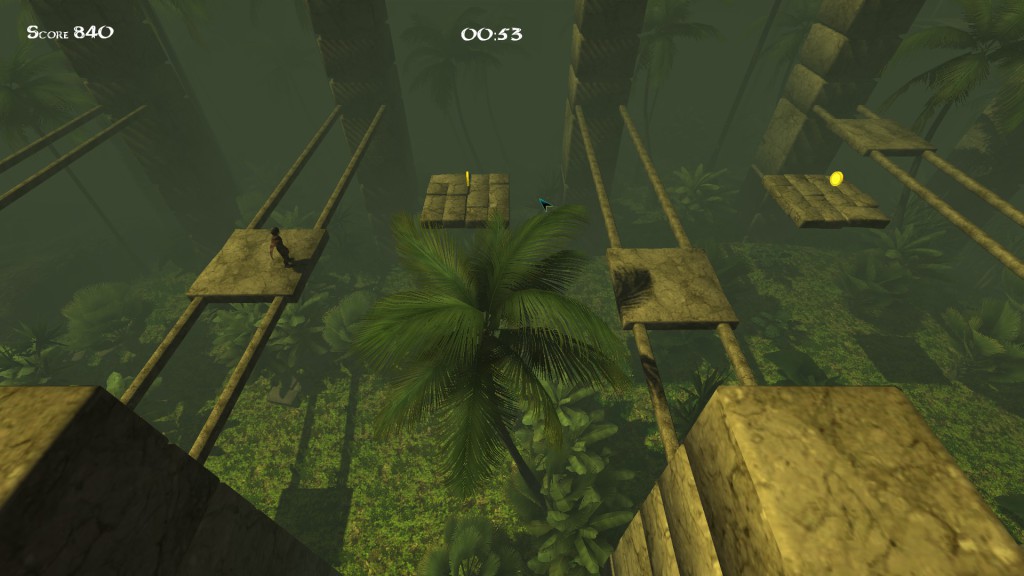
Talking about neglected control options, it would be remiss not to mention the lack of any controller support. Even though the game has only been released on PC, it should be noted that the game experience, especially in the second half, is in dire need of joystick controls. These so-called “Ice”-levels have the added difficulty of having most tiles be covered in slippery ice, making Isaac near uncontrollable to players who are used to the jungle setting. This makes for a dangerously steep learning curve, as even after having conquered the jungle levels, players are anything but prepared for the incredibly hard and infuriating loss of control. Having controllers – and with them, joysticks – at our disposal might make it all a bit more bearable, as it would enable Isaac to carefully walk on ice instead of barging onto it like a rhinoceros running for president (kudos if you get this reference!).
Conclusion
In its essence, Isaac the Adventurer is a decent platformer that will delight fans of strenuous platforming games, hearkening back to the genre’s Herculean days. However, it does have its setbacks in the audiovisual department – especially the second half of the game, as the first at least has some nice jungle environments to colour your screen.
Its level design is the main attraction and will fill many deft gamers with glee, yet sadly, it tends to get overshadowed by the time it should really start to cast its glorious light, as the most difficult levels derive their challenge primarily by their slippery surfaces, changing the challenge from “beat the design” to “beat the controls.” If the developers ever decide to implement controller support, the game might get a bigger fanbase. Up until then, though, steer clear unless you’re thirsting for a truly hard, no-holds-barred experience.

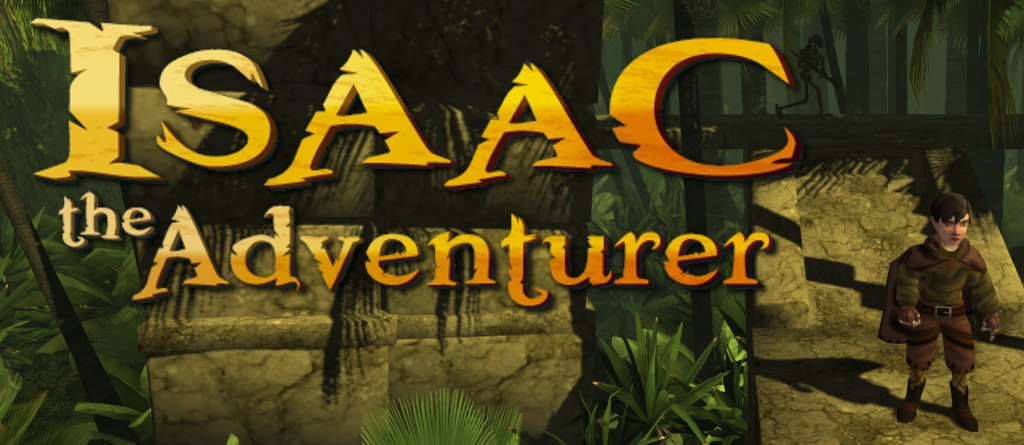
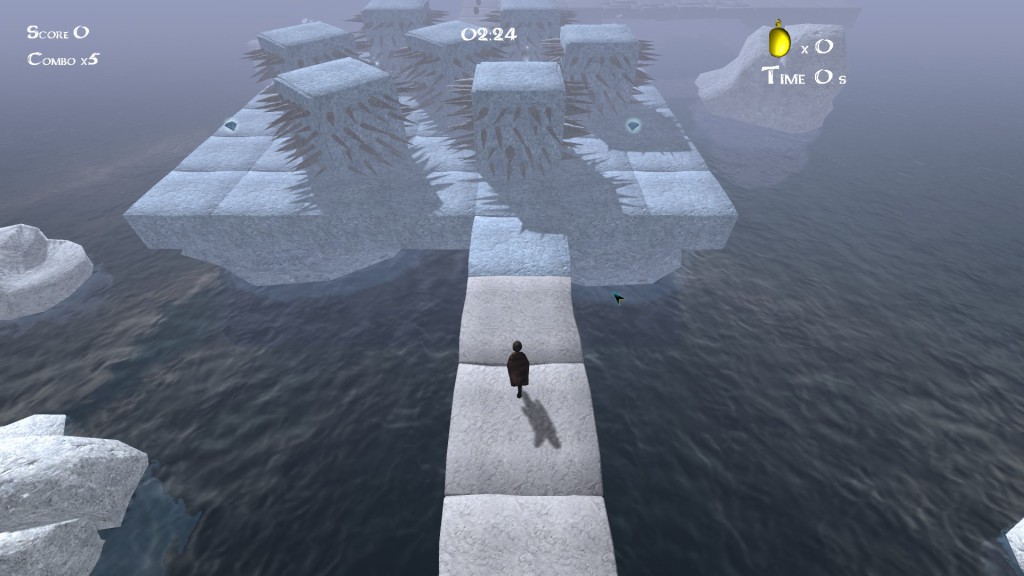
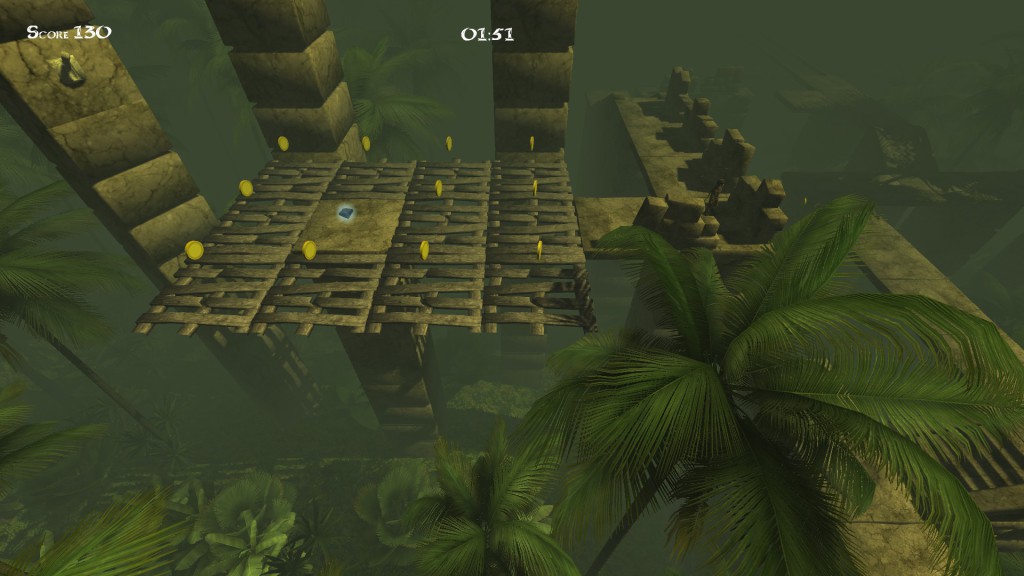
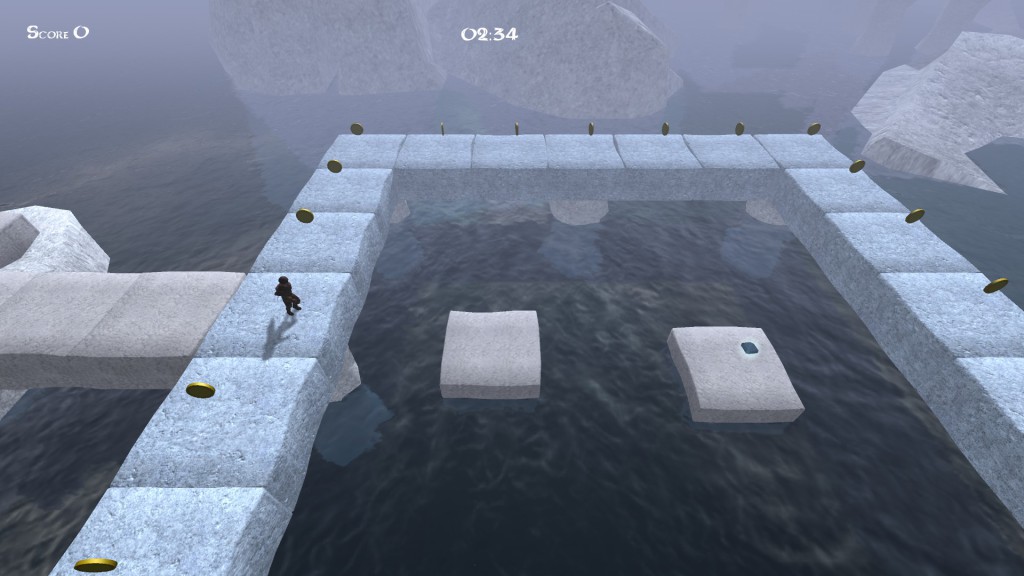




No Comments